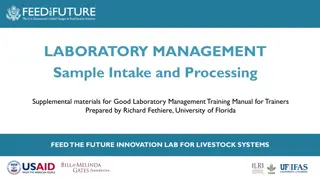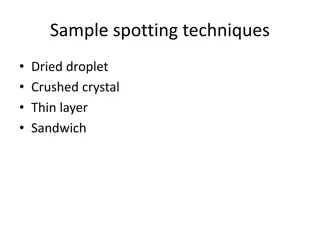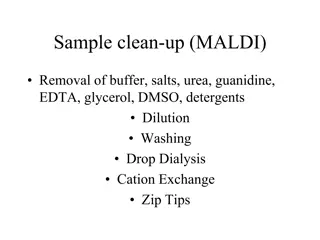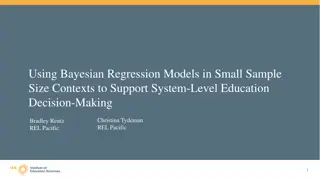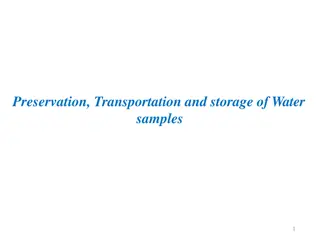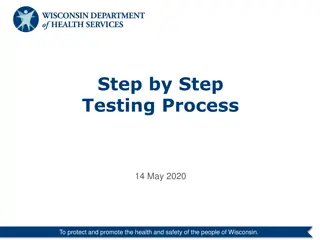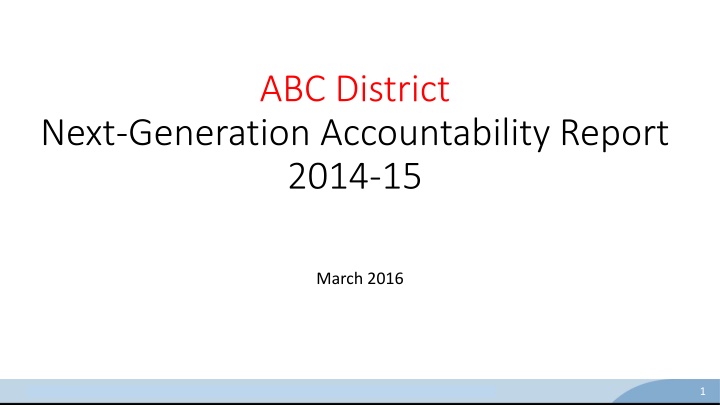
Changes in Accountability System for Educational Improvement
Enhancements in the accountability system were implemented to offer a comprehensive overview of schools or districts, prevent curriculum narrowing, involve all staff in accountability, signify progress on outcome pre-cursors, and encourage leaders to view results as guidance for improvement. Feedback was collected from various education stakeholders to refine the system effectively.
Download Presentation

Please find below an Image/Link to download the presentation.
The content on the website is provided AS IS for your information and personal use only. It may not be sold, licensed, or shared on other websites without obtaining consent from the author. If you encounter any issues during the download, it is possible that the publisher has removed the file from their server.
You are allowed to download the files provided on this website for personal or commercial use, subject to the condition that they are used lawfully. All files are the property of their respective owners.
The content on the website is provided AS IS for your information and personal use only. It may not be sold, licensed, or shared on other websites without obtaining consent from the author.
E N D
Presentation Transcript
ABC District Next-Generation Accountability Report 2014-15 March 2016 1
Accountability Systems Serve Important Purposes Track progress Help schools and districts make improvements Show where support is needed most Recognize successes Promote transparency Satisfy federal and state requirements 2
What changes were made to the accountability system? Added several new indicators including some focused on college- and career-readiness and others on arts and physical fitness to underscore the importance of a well-rounded education Emphasized academic growth on state tests, which allows us to acknowledge schools that may have low performing students but made significant strides to improve their performance and close the achievement gap Refined existing metrics and made subgroup metrics more impactful and actionable Adjusted the classification methodology to better represent overall school performance, target interventions and support, and refrain from labels 3
Why were these changes made? Provide a more complete picture of a school or district Guard against narrowing of the curriculum to the tested subjects Expand ownership of accountability to all staff Allow schools to demonstrate progress on outcome pre-cursors Encourage leaders to view accountability results not as a gotcha but as a tool to guide and track improvement efforts Extensive feedback on these changes was sought by CSDE from district and school leaders, Connecticut educators, state and national experts, CSDE staff, and many others. 4
A New Family of Index Scores Each school will have an Accountability Index and a Performance Index. The percentage of total possible points earned on all available indicators is the Accountability Index . Performance Index will continue to refer to the index scores derived from state assessment results (Indicator 1). Subject-specific (English Language Arts, Math, Science) 5
ABC District Report, 2014-15 Points Earned Max Points % Points Earned State Avg Index/Rate No: Indicator Index/ Rate Target 1a. ELA Performance Index All Students 60.7 75 80.9 100 80.9 67.9 1b. ELA Performance Index High Needs Students 57.1 75 76.2 100 76.2 56.7 1c. Math Performance Index All Students 51.7 75 69.0 100 69.0 59.3 1d. Math Performance Index High Needs Students 48.5 75 64.7 100 64.7 47.8 1e. Science Performance Index All Students 46.8 75 62.4 100 62.4 56.5 1f. Science Performance Index High Needs Students 43.6 75 58.1 100 58.1 45.9 4a. Chronic Absenteeism All Students 16.3% <=5% 27.4 50 54.8 10.6% 4b. Chronic Absenteeism High Needs Students 19.3% <=5% 21.3 50 42.7 17.3% 5 Preparation for CCR % taking courses 75.9% 75% 50.0 50 100.0 66.1% 6 Preparation for CCR % passing exams 20.9% 75% 13.9 50 27.8 37.3% 7 On-track to High School Graduation 88.8% 94% 47.2 50 94.5 85.6% 8 4-year Graduation All Students (2014 Cohort) 76.4% 94% 81.3 100 81.3 87.0% 9 6-year Graduation - High Needs Students (2012 Cohort) 79.7% 94% 84.8 100 84.8 77.6% 10 Postsecondary Entrance (Class of 2014) 59.4% 75% 79.2 100 79.2 72.8% 11 Physical Fitness (estimated part rate) and (fitness rate) 85.5% 38.0% 75% 12.7 50 25.3 87.6% 51.0% 12 Arts Access 39.8% 60% 33.1 50 66.3 45.7% Accountability Index 862.4 1250 69.0 Indicator 2 (Growth) will be included with 2015-16 results. Indicator 3 is the participation rate. 6
Achievement and Graduation Rate Gaps A district/school is identified as having an achievement gap if its gap size is substantially different from the average statewide gap in any subject area A district/school is identified as having a graduation gap if its gap size is substantially different from the average statewide gap 7
ABC District Report, 2014-15 (continued) Average Statewide Substantial Gap Size Threshold Participation Rate Rate Is Size of District Gap ELA All Students 98.6% District Gap Higher? Gap Indicators ELA High Needs Students 98.8% Math All Students 98.4% Achievement Gap Size Outlier? N Math High Needs Students 98.2% ELA Performance Index Gap 13.3 17.3 Science All Students 97.1% Math Performance Index Gap 11.8 19.6 Science High Needs Students 96.7% Science Performance Index Gap 11.8 17.2 Graduation Rate Gap (2012 6 yr. Cohort) 12.2% 15.2% N 8
ABC District Schools Report, 2014-15 Any Category? (4, 5, or Pause ) Accountability Index Achievement Gap? Graduation Rate Gap? School Name Participation below 95%? XYZ Elementary School 77.3 No No No Pause DEF Intermediate School 65.4 No No No Pause Category 4: Focus MNO High School 71.2 Yes No Yes 9
ABC District: Needs Assessment Strengths Opportunities Academics: Design and implement a rigorous and engaging academic program that allows all students to achieve at high levels, including aligned curricula, instruction, and assessments Talent: Employ systems and strategies to recruit, hire, develop, evaluate, and retain excellent school leaders, teachers, and support staff. 10
ABC District: Needs Assessment Strengths Opportunities Culture and Climate: Foster a positive learning environment that supports high- quality teaching and learning, and engages families and the community as partners in the educational process. Operations: Create systems and processes that promote organizational efficiency and effectiveness, including through the use of time and financial resources. 11
Additional Resources Web site: www.sde.ct.gov Select Performance Office Additional Resources Detailed PowerPoint presentation Using Accountability Results to Guide Improvement 13


